
Video
Here, Rudy and Jim find several of nature’s recyclers: a Morel mushroom, and a millipede. In a nearby tree, we find an Eastern Phoebe bird, which is an insect eater.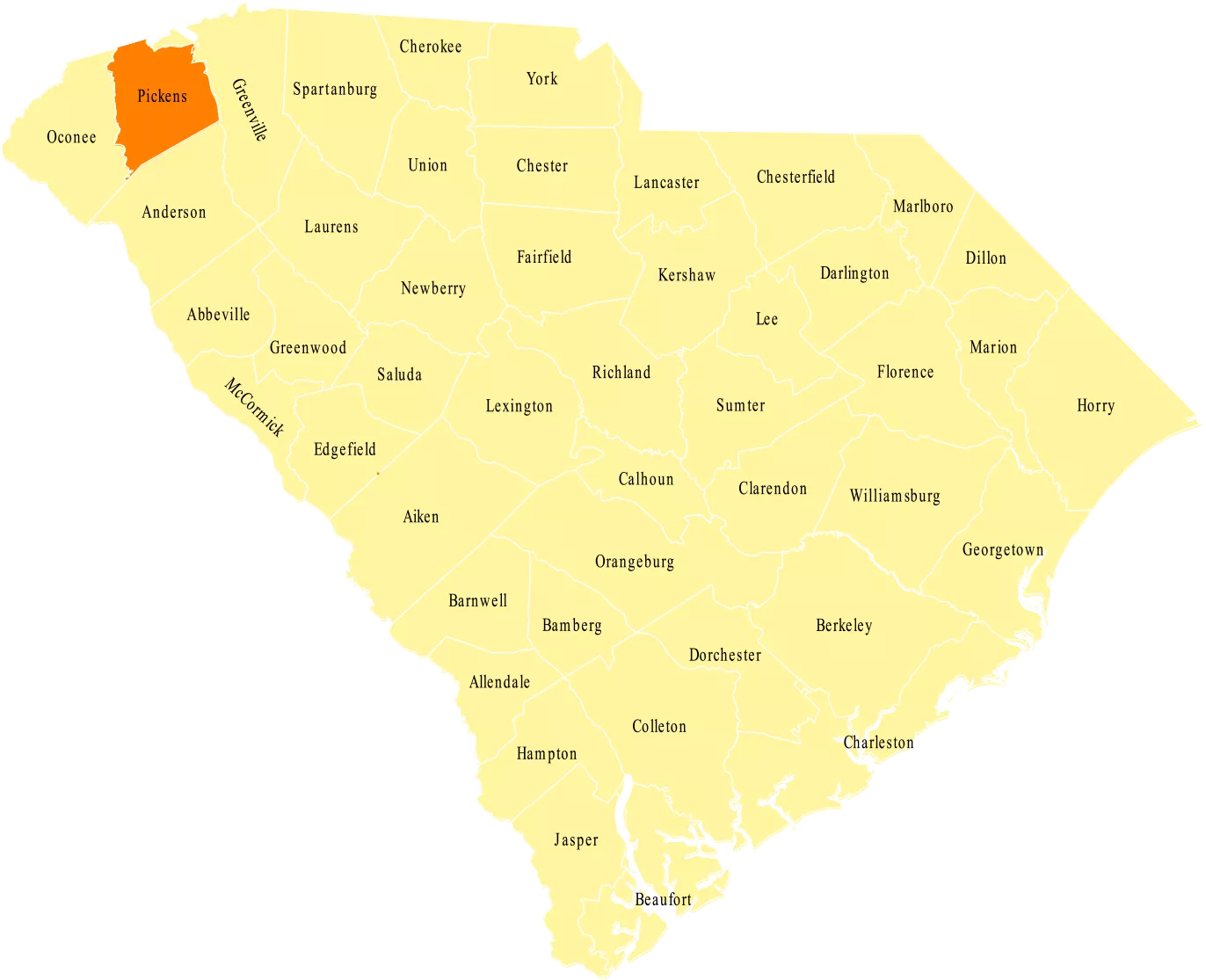
Pickens County lies in the northwestern part of South Carolina. Both the county and its seat are named in honor of Revolutionary War general Andrew Pickens.
Cherokee Indians inhabited the area first. However, they often fought with the settlers, so the settlers constructed Fort Prince George in 1753 to keep themselves safe. Much of the Cherokee War took place at this fort. Eventually, the Native Americans ceded control of the region to the United States via a treaty in 1777. As a result of this treaty, the land was absorbed into the Pendleton District. In 1826, this district split into two counties, one of which was Pickens County.
For most of its history, Pickens County’s economy depended on either the growing of cotton or the processing of cotton in textile mills. However, in recent decades manufacturing has become an important and diverse industry in the area.
Notable Pickens County residents include John C. Calhoun and his son-in-law Thomas Green Clemson, who gave his father-in-law’s land to the state so that they could establish an agricultural college. This agricultural college later became Clemson University.
History. Accessed June 10, 2016. http://www.co.pickens.sc.us/History/default.aspx

Video
Here, Rudy and Jim find several of nature’s recyclers: a Morel mushroom, and a millipede. In a nearby tree, we find an Eastern Phoebe bird, which is an insect eater.
Document
A native of the upstate, Julian was born and raised near Vineland School in Pickens County. A farmer for over forty years, the Julian family is deeply rooted in old-time country music. Julian's...
Photo
The Anderson town square and county courthouse around 1908. Anderson County was carved out of the old Pendleton District, created in 1789 from Cherokee Native American lands deeded to the state in...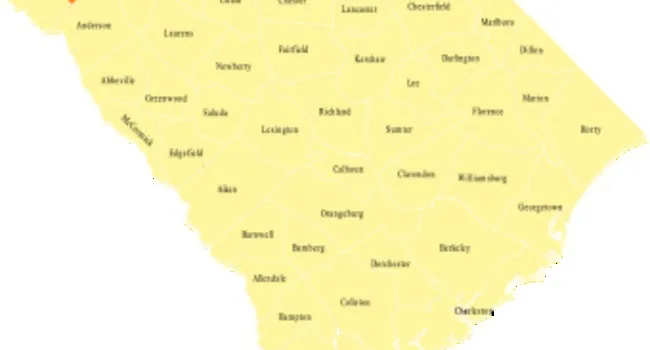
Audio
"P" is for Pickens. [Pickens County, population 3,012, chartered 1868] Pickens County lies in the northwestern part of South Carolina. Both the county and its seat are named in honor of Revolutionary...
Photo
Keowee Plantation was the home of John Ewing and Flouride Bonneau Calhoun. A Greek Revival mansion on the hill is surrounded by the outbuildings of this Upcountry plantation, showing the system of...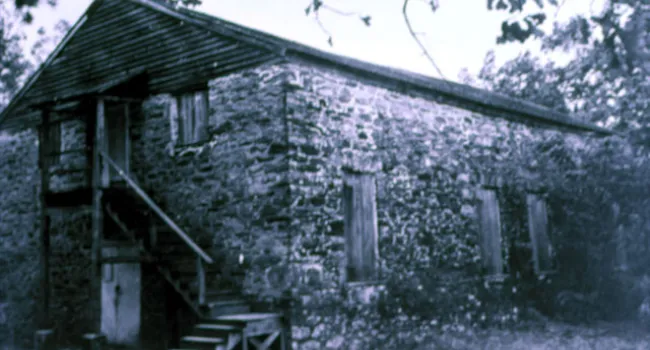
Photo
The Old Stone Church, located two miles southeast of Clemson University, is one of the historic landmarks of the upper South Carolina. It was built of native building materials in a vernacular style...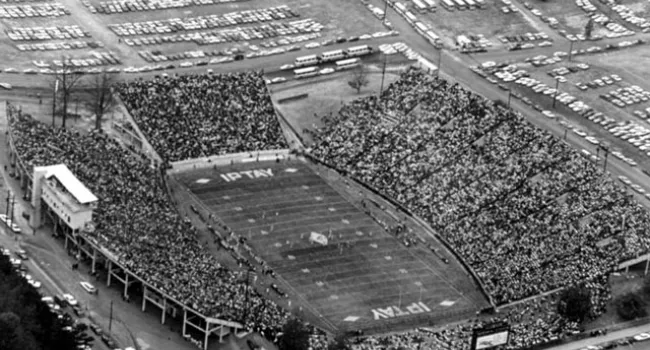
Photo
An aerial view of Clemson stadium, around 1960. Alumni, parents, and supporters of Clemson's football team come from all over the state for home games, as illustrated by the parking lots surrounding...
Photo
Clemson University, an interior view of the Library taken by the WPA in the 1930s. Courtesy of the South Caroliniana Library.
Photo
Clemson University was founded in 1889 after Thomas Green Clemson, the son-in-law of John C. Calhoun, gave $80,000 and 814 acres of his estate for the creation of an agricultural college. The state...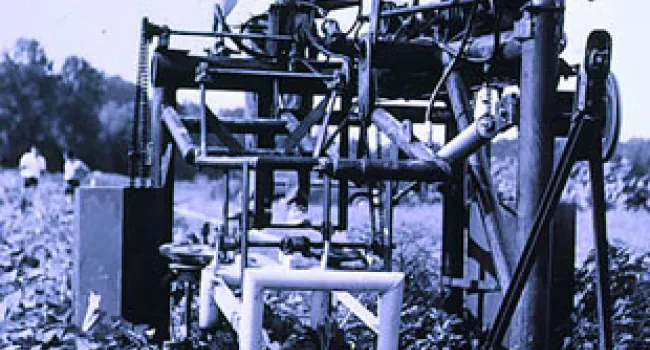
Photo
Okra was a crop first brought to South Carolina from Africa. It is now a staple of southern cooking, widely used to thicken stews and gumbos. Here it is harvested around 1970 at the Clemson experiment...